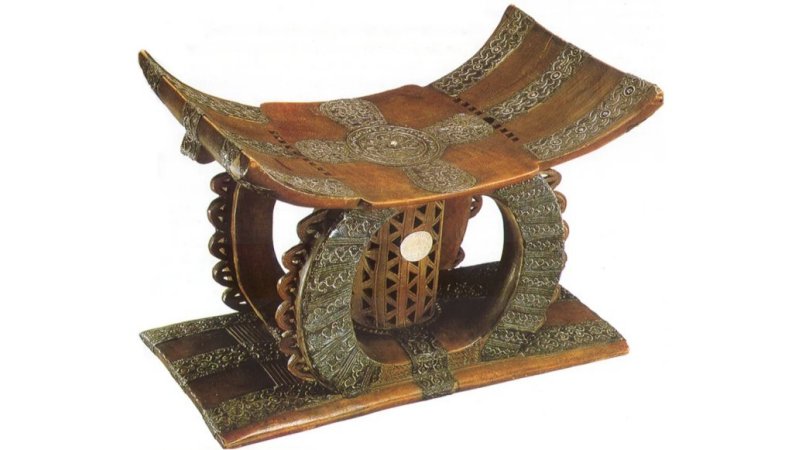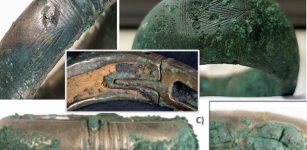Bizarre Old Ring With License To Kill
MessageToEagle.com – The ring wasn’t always only a symbol of wealth, infinity, friendship and a magical talisman that protected from injuries and “the evil eye”.
In ancient times, the ring was also a harbinger of doom, the envy of the gods or a bad omen.
In some cultures, a ring that stored a strong poison enabled to commit suicide in critical situations. This method – used for this purpose – was already known in antiquity.
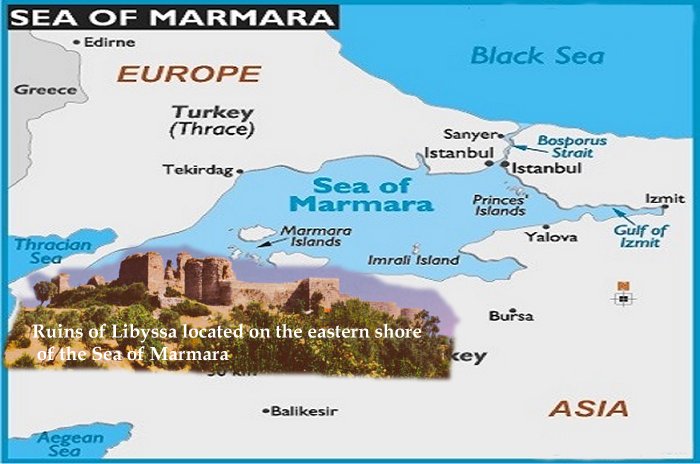
Most probably the earliest recorded use of these bizarre artefacts (later functioning also as jewelry) was a poison ring of Hannibal (247-183/182/181 BC). Among many others, the Carthaginian general Hannibal committed suicide by consuming poison from his ring he wore constantly.
After been given orders to surrender, Hannibal was determined not to fall into his enemies’ hands and he met his fate at Libyssa located on the eastern shore of the Sea of Marmara, the inland sea, entirely within the borders of Turkey.
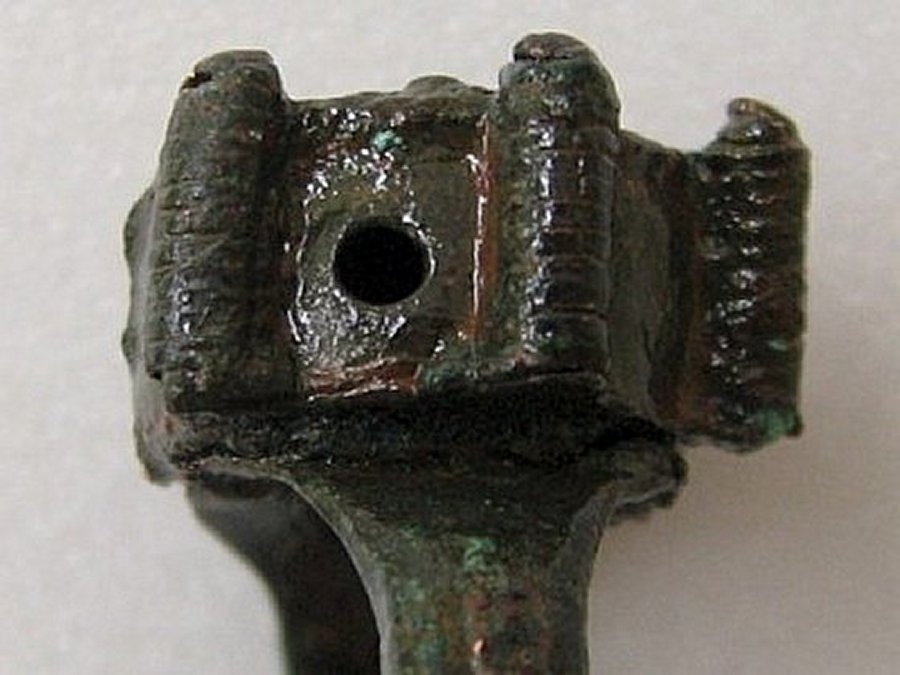
The Greek orator of ancient Athens, Demosthenes (384-322 BC) also threatened with death in the horrible tortures, took sanctuary in Poseidon’s sanctuary on the island of Calauria, Greece and used such a ring to commit suicide.
Although poison rings date from ancient Roman times, they were also frequently used in the 16th and 17th centuries.
They were not only used as an easy means of escape from torture, capture, slavery or death. Later these rings gained a special power to kill because they became an instrument of murder.
The wearer of a poison ring could also slip poison into an enemy’s drink or food, if necessary.
This type of jewelry originally came from the Far East and India but was also very popular during 16th century in Europe.
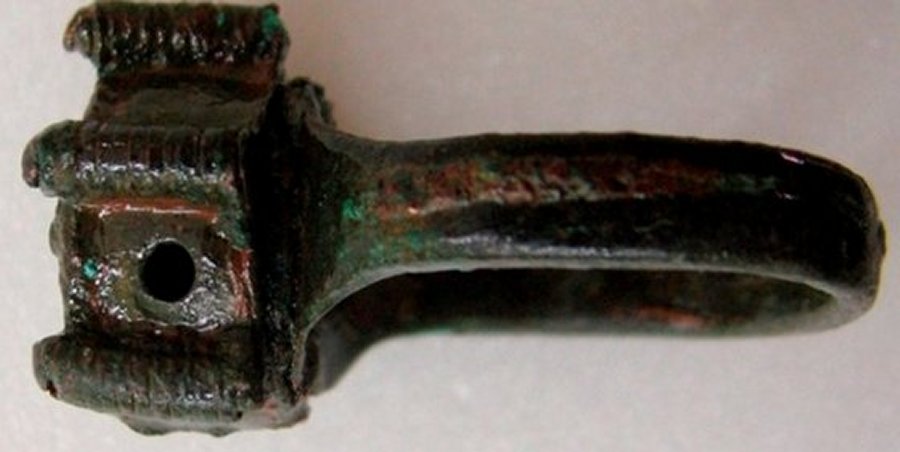
Did the famous Borgia family use poison rings to gain an enormous power in Italy during the late fifteenth and early sixteenth centuries?
It’s known that the Borgia family members had many enemies and were suspected of many crimes including poisoning. Cesare Borgia, a member of the Borgia family, showing no pity or compassion for others, wore a lion-headed ring at all times.
They are traditionally associated with the poison rings; enemies died frequently around Borgia, especially at dinner parties.
The lion ring of Cesare Borgia contained a terrible poison that killed in a matter of seconds.
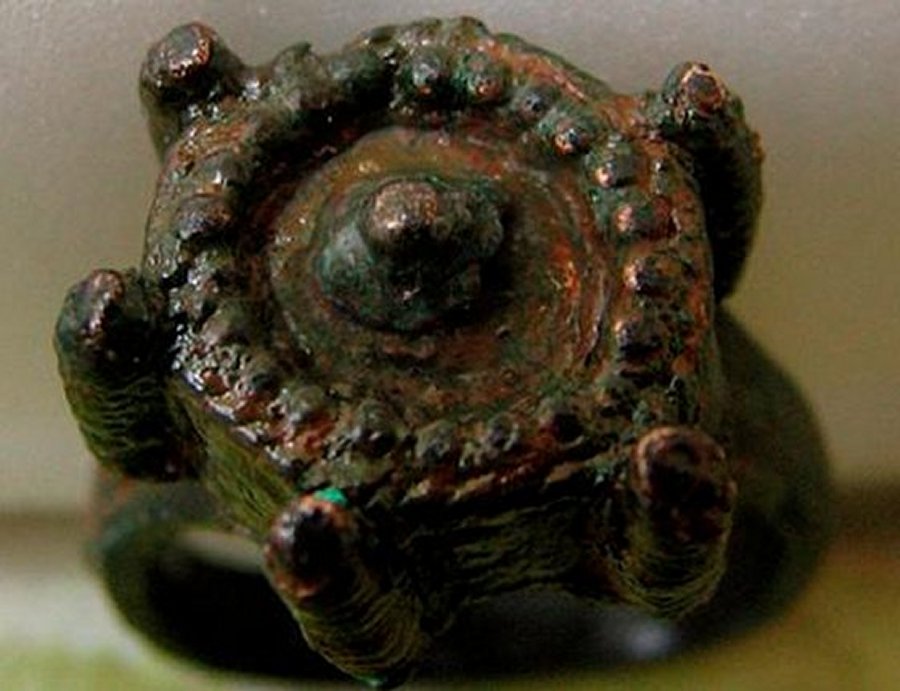
However scholars are uncertain whether any of still existing poison rings can be traced to them.
A few months ago, archaeologists digging at the ruins of the medieval fortress on Cape Kaliakra, near the town of Kavarna on the Bulgarian Black Sea coast, found a well-preserved poison ring.
This bronze, finely crafted ring – meant for a male and most likely worn on the little finger – is even older because it’s dated to 14th century.
According to Boni Petrunova, the deputy director of the National Archaeology Institute and Museum in Sofia, the find is the first of its kind not just at Kaliakra, but anywhere in Bulgaria.
“It’s a unique ring,” Petrunova said. “I have no doubts that the hole is there on purpose and the ring was worn on the right hand, because the hole was made in such a way so as to be covered by a finger, thus the poison could be dropped at a moment’s notice.”
The ring features a round, hollow cartridge decorated with granulation and an artificial hole.
Indeed, it could have been the secret weapon used in several 14th century by politically-motivated murders, however, it wasn’t worn constantly and would have been put on when necessary.
It would solve many of the unexplained deaths among nobles and aristocrats close to Dobrotitca,” according to Petrunova.
This medieval bronze poison ring probably helped many times to get rid of unwanted individuals – in a convenient way.
Copyright © MessageToEagle.com. All rights reserved. This material may not be published, broadcast, rewritten or redistributed in whole or part without the express written permission of MessageToEagle.com.

